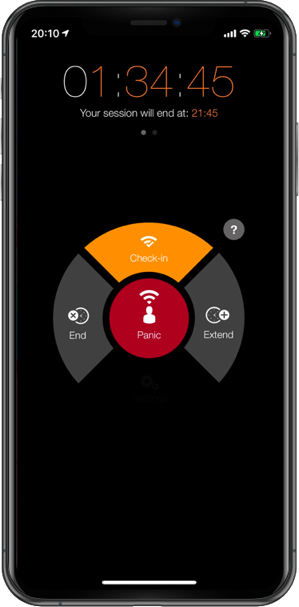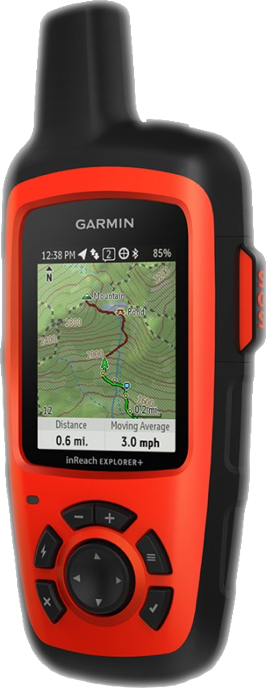Lone working policy and procedures
To ensure that you accommodate for the health and safety of your lone workers, you need a clear lone working policy in place. This will give your employees the guidance and procedures to work safely away from supervision.











